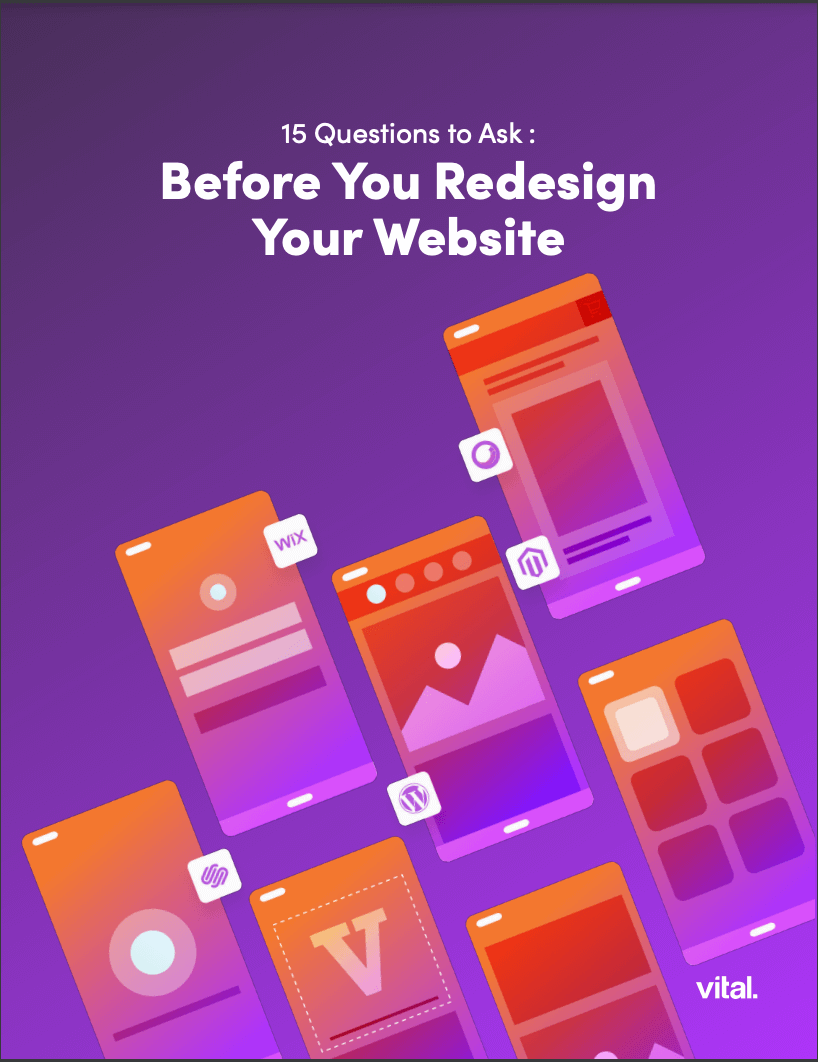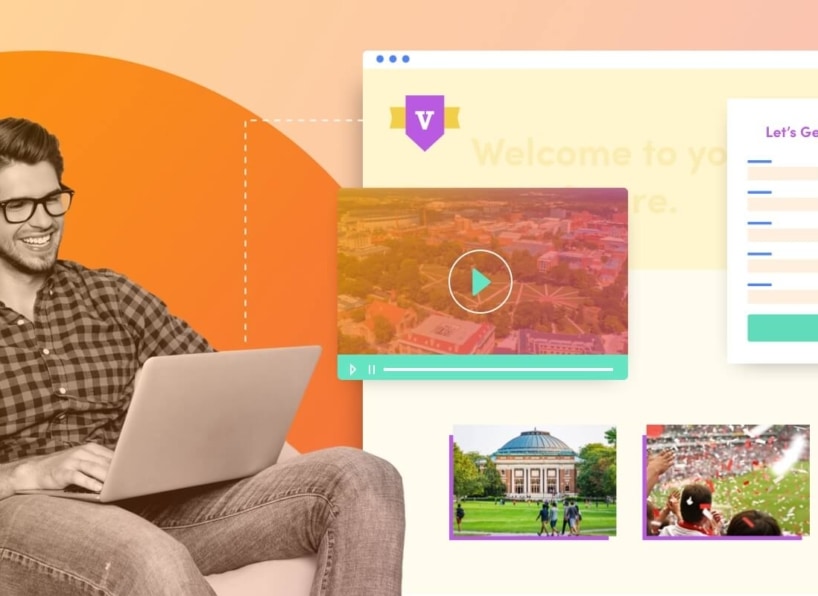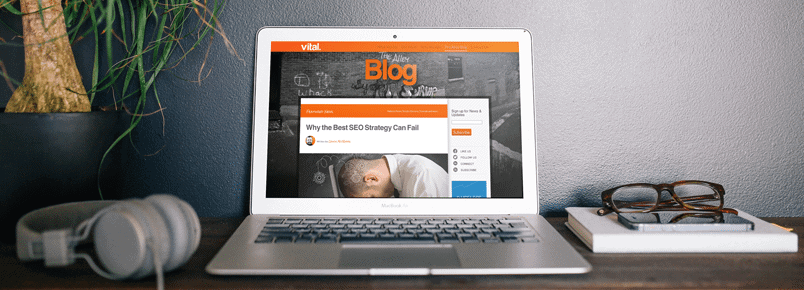Website Design Best Practices Call for Client Logos to Increase Conversions.
Do you know what makes one website more effective than another? The answer isn’t complicated.
Today, the best websites in the world are simply the ones that foster the most complete user experiences. They are not just aesthetically pleasing. They are also built to website design best practices—meaning every facet is crafted to convert more visitors to leads, more leads to sales, and more sales to returning customers.
In this post, we focus specifically on client logos: Why, where and how to use them as a best practice on your website.
#1: People Trust People—Why Client Logos Are a Website Design Must
When someone visits your website, the objective is to provide an experience that creates trust, so that the visitor has the confidence to further engage with your company by taking a next step—contacting you.
Here’s the reality of it though: Getting someone to sign up, opt in, buy or otherwise “convert” into a lead is a later step in the sales cycle. First, consumers need to evaluate you, assessing whether you feel secure to work with. This is no different than a filmgoer watching a trailer before buying a ticket.
In marketing, we say consumers are seeking social proof—in other words, something that validates the situation, service or product by indicating that it is safe, trustworthy and of good value.
“It is a tale as old as time—we perceive less risk and are more apt to buy
when we see our peers and those we respect have already taken the plunge.”
This is why website design best practices encourage highly visible, deliberately placed social proof. From testimonials, social media share buttons and embedded feeds, to case studies, user ratings and subscriber counts, this purposefully promoted information helps others identify the “correct” behavior. It is a tale as old as time—we perceive less risk and are more apt to buy when we see our peers and those we respect have already taken the plunge.
As we explained in a previous post about how to use testimonials in your website, the phenomenon of social proof is why people order from restaurant “top pick” lists, are drawn to bars with lines, and chuckle along with canned laugh tracks in sit-coms. Monkey see, monkey do.
So, If You’ve Got Clients, Don’t Hide Them!
Incorporating client logos as social proof in your website is one of the easiest, most effective ways to establish brand credibility and customer trust.
When wary website visitors see well-known logos, their guard comes down. It’s like walking into a party and seeing someone you know. Phew, this is an okay place to be! In fact, sources like Funnel Envy have proven the clout created by client logos.
Often, logos will even impress your prospects—the bigger the brand, the better. If you work with Disney, Apple, Sony, or the New York Times, why shouldn’t your prospects know it? They may even get the impression that if they buy from or work with you that they can achieve success equal to that of those you tout.
So, don’t crush your prospects’ dreams—inspire them with the most influential names and logos of those your business supports, works with, or sells to.
#2: Location, Location, Location—Where to Position Your Client Logos So They Work for You!
When it comes to promoting client logos, you should think beyond the fact that you have trophies for your trophy case, and more about how to get their shimmery awesomeness to catch your prospects’ eye. This means knowing where on your website they will create real value.
Here’s the secret: Today’s website design best practices admonish yesteryear’s idea of just having a big, obnoxious “our clients” page. This is where logos go to die, recklessly littering space without purpose, withering into oblivion.
When your logos stand alone, they are void of relevance and their quality is cheapened. Yes, you can squirrel away your logos in a vault and gaze at them when you need a self-esteem boost, but if you want them to actually work for you and grab a prospect’s attention, it’s imperative that they live alongside the content they’re relative to.
“A well-displayed and prominent client logo increased
the conversion rate of product pages by 69%.”
This means you want to promote client logos where your users will actually experience and be affected by them. Homepages, product pages and at other micro-conversion moments are ideal. They help the client keep calm and click on. Without getting too Beyoncé on you, if you want your prospects to dig deeper in your site, download your eBook, submit their email address, or buy some new plaything, you’d be smart to put a ring on it… or at least client logo near it!





